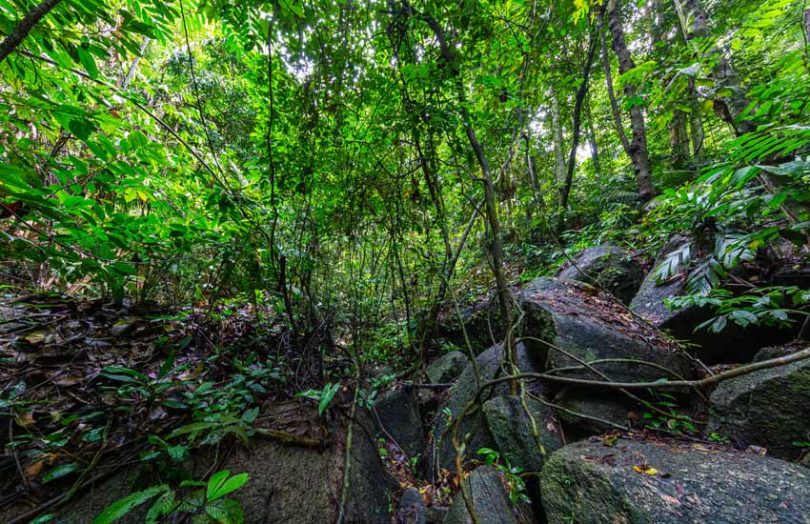Today the Celo blockchain announced the Climate Collective to tokenize rainforests and other similar assets. Over the next four years, it’s proposing to invest as much as 40% of the Celo reserve, which underpins the Celo dollar and Euro stablecoins in tokenized rainforests.
Celo’s cryptocurrency has some high profile investors. Apart from Andreessen Horowitz, Deutsche Telekom bought some tokens, as did PayU, the payment provider controlled by Naspers.
“Crucially, backing money with rainforest is significantly more capital efficient than seeking donations to plant rainforest. While these efforts are commendable, we believe that it is significantly harder to raise and deploy billions of dollars for planting trees than to encourage people to transact with a currency that is backed by natural capital,” says Celo in a statement.
At the moment, it has $850 million in its reserve. So 40% would be $340 million, which it reckons would support 135 million large rainforest trees. The Celo community already voted to allocate 0.5% of the Celo reserve to voluntary carbon credits.
And $340 million would make for a significant kick starting of rainforest tokens.
Risky assets
Standing back, there’s no question this is a noble cause. It could appeal to many. It’s also somewhat risky.
A big concern is that stablecoin backing assets need to be highly liquid. In an emergency, could tokenized rainforests be liquidated at the drop of a hat? This rainforest suggestion comes when major stablecoins are moving towards ever more liquid assets to comply with regulatory demands. But as you’ll see later, Celo stablecoins are very different to Tether or USDC.
The proposal will likely raise concerns about whether the purpose of those backing deposits is fully appreciated. From a conventional governance perspective, the proposal is the opposite of prudent. But then Celo is not conventional.
Celo is entering its idea into the XPRIZE competition, which partnered with Elon Musk for $100 million in prizes. One can only guess Musk’s response.
Financial inclusion
Apart from the risks if investing the assets in rainforest tokens, there’s also a tricky transparency issue. Those who own Celo governance tokens and those who use the stablecoins in transactions may not be the same. From the outset, Celo has targeted financial inclusion. That makes it even more important that the stablecoins are low risk because people that use them can’t afford to take the risk. In contrast, those that own the governance tokens are likely to be wealthier.
Also, there’s a good chance that not all those that use the money will realize that it’s not backed by cash. Cash backing was never part of the stablecoin design.
An uncharitable perspective might be wealthy do-gooder cryptocurrency owners playing roulette with money used by the poor for everyday transactions. Even if the crypto owners are well-intentioned.
Is it any more risky?
It would be unfair not to highlight that Celo’s reserves are currently more than seven times greater in value than the issued stablecoins, which in theory should provide a substantial cushion. However, all the backing assets are volatile cryptocurrencies, with less than 2% in the Dai stablecoin, which is also backed by cryptocurrencies.
Stablecoin design
Some of the reserves are also held in Bitcoin and Ether. Celo is up three-fold in the past year, and Bitcoin and Ether are up 5-fold and 10-fold, respectively. This partly explains the seven times asset coverage.
Celo’s hybrid stablecoins aren’t intended to be backed in a conventional manner. They are part algorithmic, so the Celo cryptocurrency is used in a seigniorage-style model, where Celo is exchanged for stablecoins and vice versa if the stablecoin peg is lost. But as outlined, they are also partly crypto collateralized.
So a different perspective might be that it’s not conventional anyways, so why not invest in rainforest? Provided users are clear about the risks.
While Celo’s stablecoins are currently not sufficiently substantial to be systemic, it seems likely that this proposal would not comply with today’s guidance on stablecoin regulation from the BIS and IOSCO.






